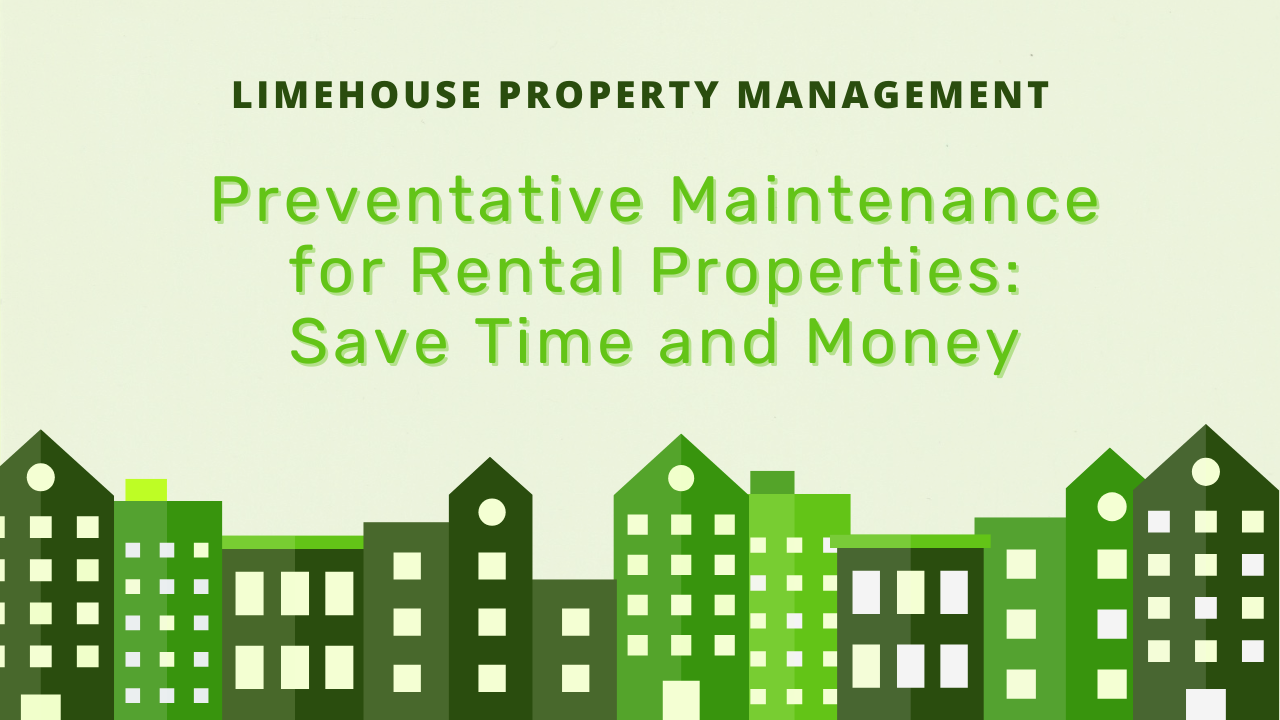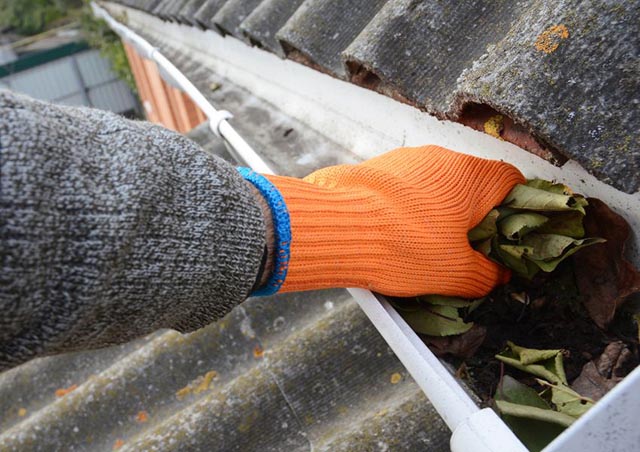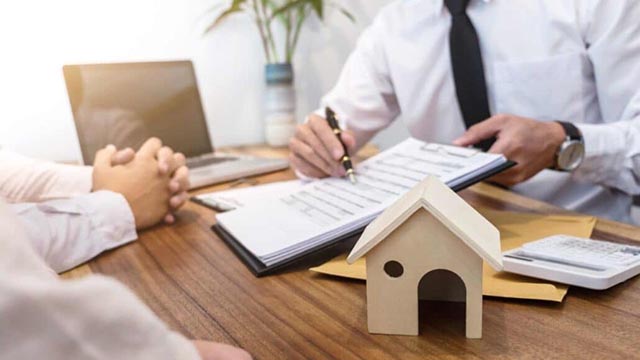Preventative Maintenance for Rental Properties: Save Time and Money

Key Takeaways
- Staying ahead of maintenance keeps your rental in great shape and helps avoid surprise repair bills.
- A clear maintenance plan in your lease sets the tone for smooth landlord-tenant communication.
- Regular inspections and seasonal upkeep go a long way in protecting your investment.
Ignoring small maintenance issues in a rental property can lead to major expenses later. A minor leak under the sink may seem harmless, but if left unchecked, it can cause water damage, mold growth, and tenant dissatisfaction.
Landlords who take a wait-and-see approach often face unexpected repair costs, tenant turnover, and even legal trouble. That’s why preventative maintenance is not just a good practice, it’s essential to protecting your investment and keeping your rental business running smoothly.
Limehouse Property Management has put together this article to help landlords understand the value of preventative maintenance and how to build a simple, reliable system to handle it. This guide will walk you through key practices and tips that can reduce stress, minimize expenses, and keep your property in great shape year-round.
Proactive Care vs. Emergency Repairs
Many landlords find themselves stuck in a cycle of fixing things only after they break. This approach, known as reactive maintenance, is often more expensive and disruptive. Emergency repairs are not only costly, but they can also damage your reputation with tenants.
If a water heater fails during cold weather, it can quickly turn into an emergency. Tenants may be upset, and you might need to pay extra for immediate repairs. Preventive maintenance, on the other hand, means fixing or inspecting things before they become serious problems.

Regular checks on HVAC systems, plumbing, electrical components, roofing, and appliances can catch issues early. This proactive care reduces the chances of emergencies, spreads out costs over time, and gives landlords more control over their budgets and schedules.
Understanding Maintenance Responsibilities
One of the most common sources of confusion between landlords and tenants is who is responsible for what. Understanding and clearly defining these responsibilities is critical to avoid disputes.
Landlords are generally responsible for ensuring the property is safe, habitable, and meets local codes. This includes maintaining plumbing, heating, electrical systems, structural elements, and providing regular inspections.
Tenants, on the other hand, are usually responsible for reporting problems quickly and handling basic upkeep like changing light bulbs, keeping the property clean, and not damaging fixtures. Including a maintenance section in the lease that outlines these roles helps prevent misunderstandings and supports a smoother maintenance process.
Effective Tenant Communication for Smooth Maintenance Operations
Good communication is one of the best tools landlords can use to manage preventative maintenance. Tenants should know how and when to report issues, what to expect when maintenance is scheduled, and their responsibilities for keeping the property in good condition.

Set up a simple reporting system for maintenance requests, whether through email, phone, or a property management portal. Responding promptly shows tenants that you take their concerns seriously. Regular check-ins or seasonal reminders about property inspections also help create transparency and reduce resistance to scheduled maintenance work.
Why Preventive Maintenance Pays Off
Preventive maintenance helps landlords save money in several ways. First, it reduces the likelihood of large, expensive repairs. A $100 service call for a clogged drain can prevent a $1,000 repair for water damage caused by a burst pipe. Second, it helps retain good tenants.
Properties that are well-maintained show tenants that the landlord cares about their living experience, making them more likely to renew leases. In addition, well-maintained properties tend to appreciate in value.
This can make a big difference if you plan to refinance or sell in the future. Insurance providers may also offer lower premiums when you have a documented maintenance plan in place.
Essential Maintenance Tasks for Every Season
Each season comes with specific maintenance needs. In the spring, check gutters, inspect for water damage, service the HVAC system, and trim any overgrown landscaping. Summer is a good time to inspect roofing, clean air conditioning units, and treat for pests.

In the fall, clean gutters again, inspect the heating system, and seal any cracks or drafts. During winter, focus on preventing frozen pipes, keeping walkways clear of ice, and checking smoke and carbon monoxide detectors.
Having a seasonal checklist helps ensure that nothing important is missed. It also makes it easier to budget and schedule work at convenient times.
Maintaining Your Property All Year
While seasonal checklists are important, some tasks should be handled throughout the year. These include checking for leaks under sinks and around toilets, monitoring for pest activity, testing GFCI outlets, and inspecting the exterior for damage from storms or wear.
Routine servicing of appliances, water heaters, and HVAC filters should be done on a rotating basis to extend their lifespan. Keeping detailed records of these inspections and repairs helps track trends, ensures compliance with regulations, and gives you documentation in case of tenant disputes.
Incorporating Maintenance Duties Into Lease Agreements
The lease agreement is the best place to define responsibilities for preventative maintenance. Clearly state which tasks tenants are responsible for, such as changing air filters, reporting leaks, or replacing batteries in smoke detectors. Outline your own responsibilities and provide expected timelines for non-emergency repairs.
This creates clear expectations and helps prevent disagreements. It also allows you to enforce maintenance duties if tenants neglect their responsibilities, protecting your property from damage caused by neglect.

Partnering with Limehouse for Seamless Preventive Maintenance
Managing preventative maintenance can be time-consuming, especially if you own multiple properties or live far away. Limehouse Property Management offers expert support for landlords looking to keep their properties in top condition.
We use tested systems and trusted local contractors to deliver timely, thorough maintenance services without the stress of handling it all yourself.
We also offer routine inspections, manage tenant communication, and ensure your property complies with all safety and legal standards. When you work with us, you can count on reliable upkeep and fewer maintenance-related surprises.
Bottom Line
Taking a preventative approach to maintenance is a practical and cost-effective decision for landlords. It lowers repair costs, keeps tenants satisfied, and protects your property’s long-term value.
From seasonal checklists to clear lease terms and strong tenant communication, staying ahead of maintenance issues is key to long-term success in rental property ownership.
Limehouse Property Management is here to help. Our experienced team takes the hassle out of preventative maintenance by providing hands-on support, expert planning, and responsive service.
Let us help you protect your property, your income, and your time. Contact Limehouse Property Management today to learn more about how we can simplify maintenance for your rental properties.
